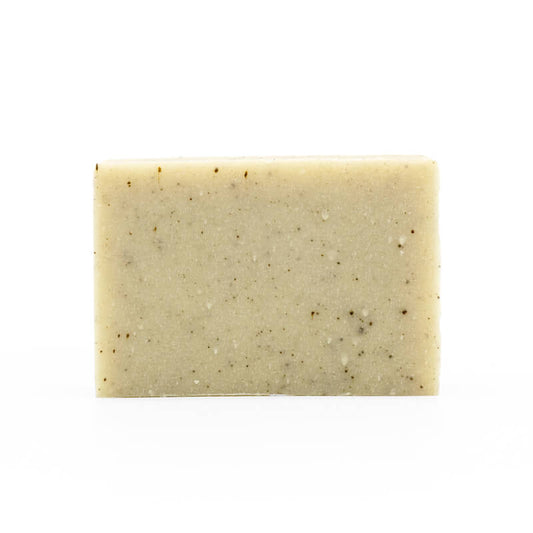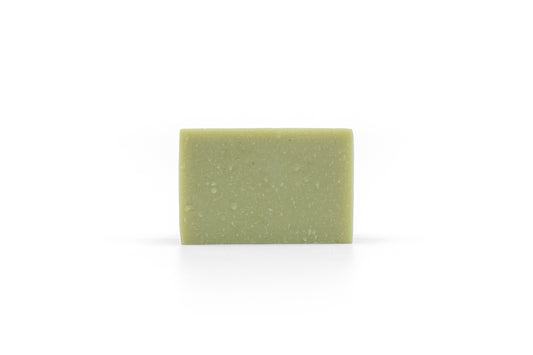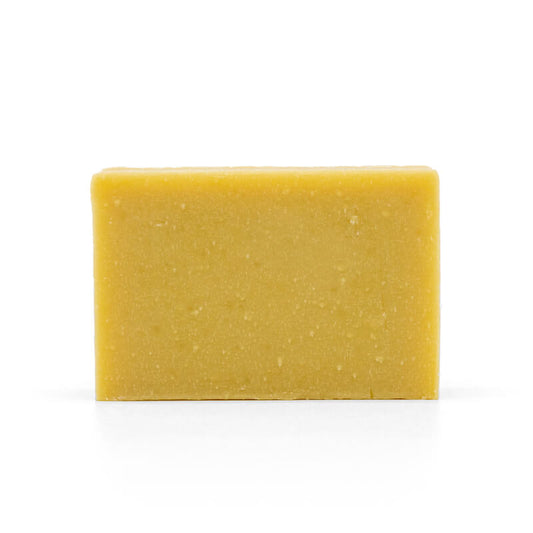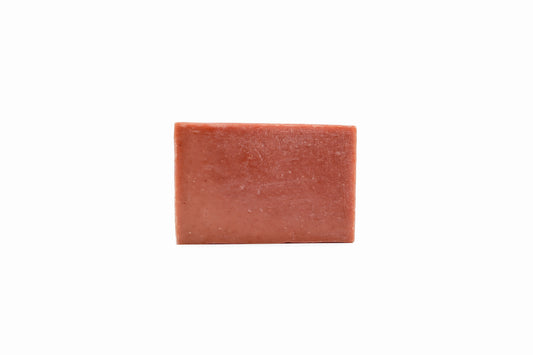Organic Castor Oil

Perhaps most well known for its use in soaps, castor oil is a keystone ingredient in the cold process soap bars from Beaverton’s. From food, to soap, to medication, castor oil has a variety of uses that take advantage of its unique greasy properties. Although less common in food products and medicines than it once was, castor oil still remains an important material in the world of soap making.

The top of a castor plant ; Image: Wikipedia/Alvesgaspar
Castor oil is collected by pressing seeds of the castor oil plant, commonly referred to as “castor beans” even though they are not members of the legume family. The castor oil plant is usually encountered in North America as a domesticated ornamental plant, but it can be found growing wild in various parts of Eurasia and Eastern Africa. Evidence of castor oil use stretches back to the early days of ancient Egypt, and by about 500 B.C.E it was being cultivated in the region for use in cosmetics and medicines. In the late biblical era, castor oil soap had become popular in the nations surrounding the Mediterranean, often being used in combination with olive oil which was also plentiful in that area; during this period castor oil was venerated for its many uses, and the castor oil plant was sometimes called “Palma Christi” or “the Palm of Christ” in reference to its application in treating wounds. Fast forward nearly two thousand years and castor oil remains an essential ingredient in the manufacture of cold process soap.

Shelled castor "beans" ; Image: Encyclopedia Britannica
More than anything, castor oil helps to boost soap's lathering abilities. The fats in castor oil are almost entirely composed of ricinoleic acid, a fatty acid that makes a very pleasant and stable lather when made into soap, helping to prevent those suds from washing away in a blink so they can cleanse every morsel of dirt in need of removal. Small amounts of oleic acid and linoleic acid are found in castor oil as well, some of which remain unconverted in finished bars of Beaverton’s soap in addition to small amounts of unconverted ricinoleic acid. These three fatty acids all help to moisturize and soothe the skin.

A vial of castor oil ; Image: Ducray
Trace amounts of flavonoids and terpenoids are found in castor oil and castor oil soaps. These complex molecules are known for their antioxidant and antiinflammatory properties, giving extra protection to skin when found in soap. Small amounts of vitamin E can be found in castor oil too, a moisturizing micronutrient which is also associated with antioxidant and antiinflammatory activity.

Flowers of the castor plant ; Image: The Spruce/Evgeniya Vlasova
With its long history of use, convenient physical properties, and skin soothing effects, it's easy to see why castor oil makes its way on to countless soap ingredient lists. A central support in the plant fat master blend behind Beaverton’s soaps, castor oil helps soap stay gentle on skin while being tough on grime.







